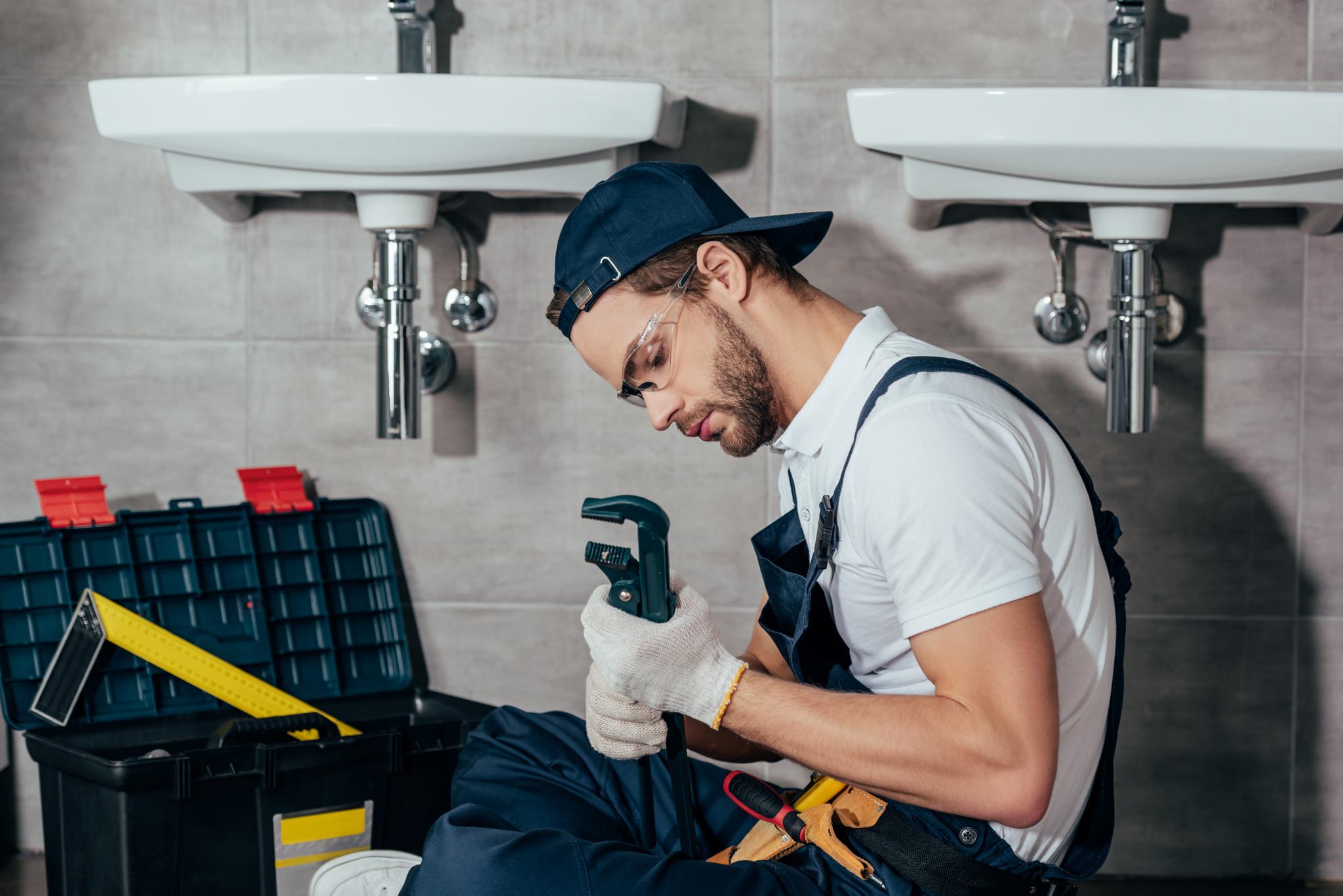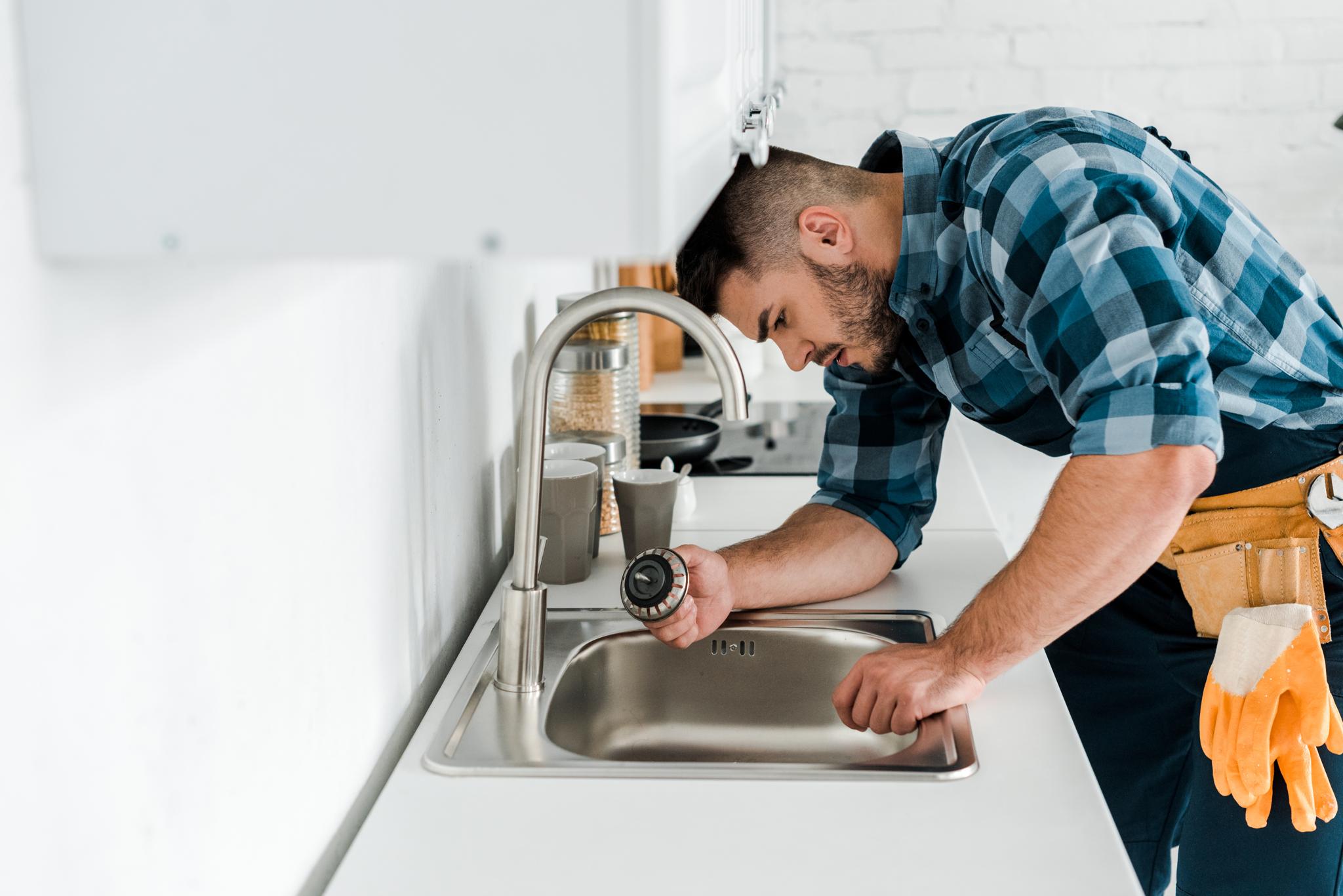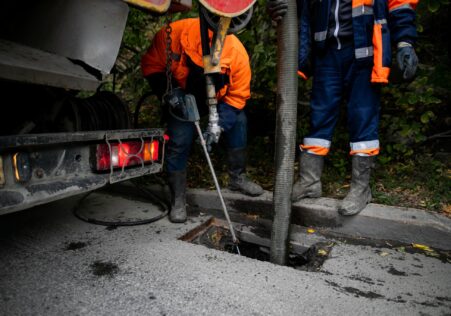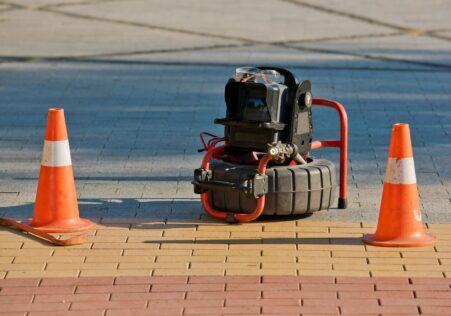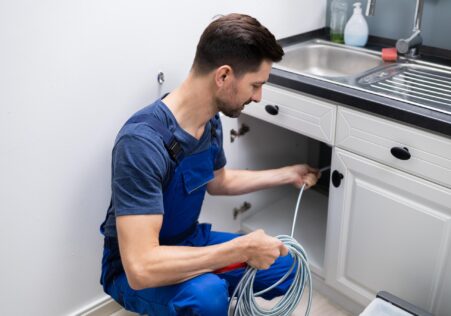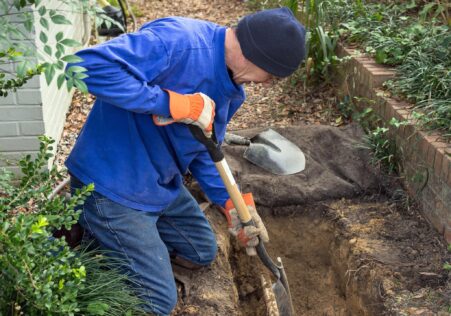Understanding the Differences Between Pipe Relining and Pipe Replacement
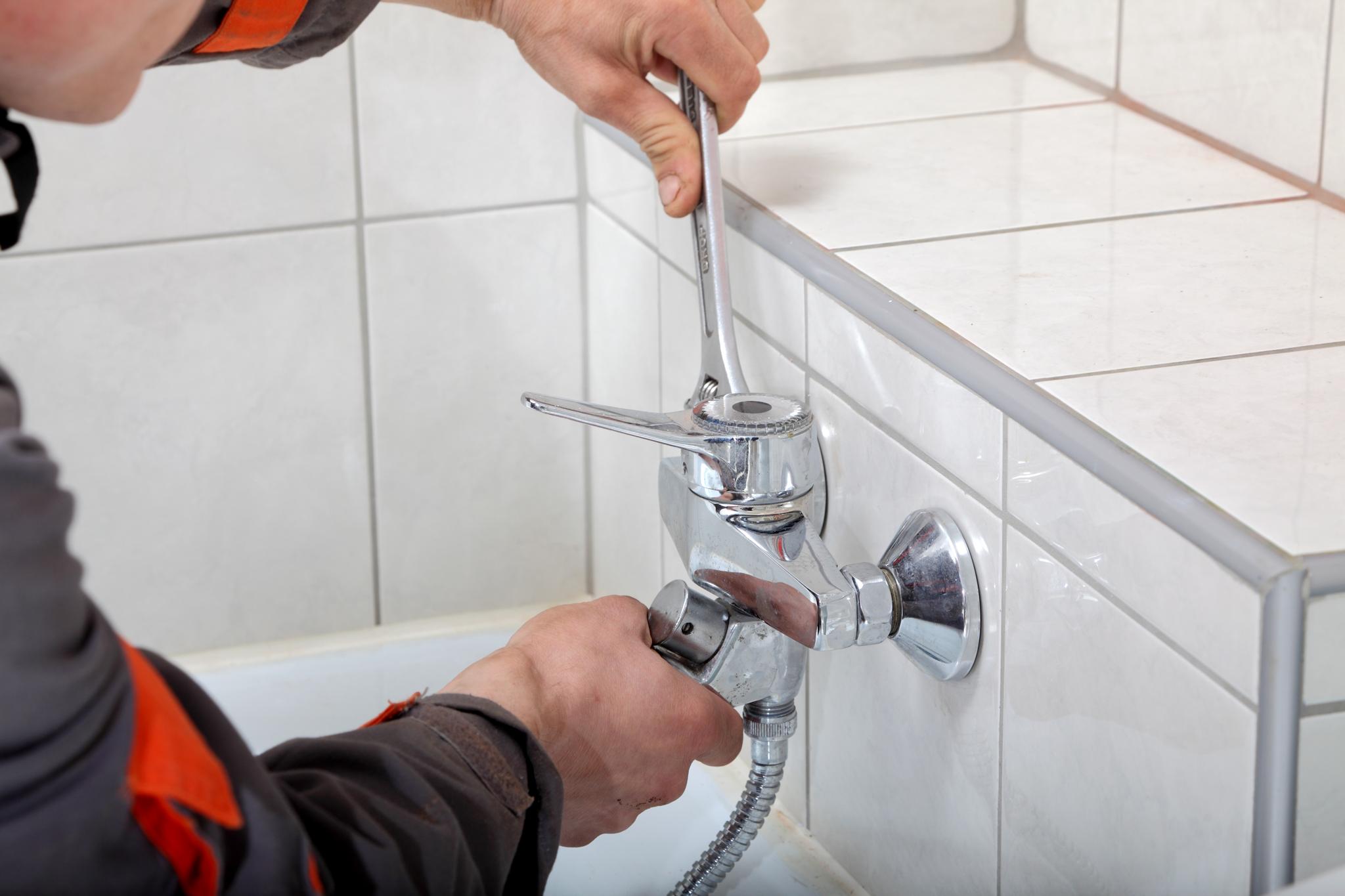
When it comes to fixing damaged pipes, two popular methods are pipe relining and replacement of pipes. Both of these methods are designed to restore the full function of your pipelines, but there are some distinct differences must be aware of.
Key Takeaways
- Pipe relining is a cost-effective and fast method for repairing damaged pipelines.
- The lining of CIPP is utilized in pipe relining.
- Epoxy resin is used to line the inner parts of the pipe which is cured to form a new inner lining inside the pipe.
- Relining pipelines is time-efficient, cost-effective, and can last up to 50 years.
- The traditional method of replacing pipes is digging up sections of land where pipes are located.
- Pipe replacement may be necessary to repair pipes that are severely damaged.
- A brand new pipeline that is installed by the replacement of a pipe has a long duration (75 or 100 years).
- Replacement of pipes is expensive and lengthy.
- The decision between pipe relining or pipe replacement is based on the extent of damage.
In this article, we’ll go over pipe relining in comparison to. pipe replacement, and find out which one suits your requirements better.
Is Pipe Relining a thing?
Pipe relining or Cured-In-Place Pipe (CIPP) Lining is a state-of-the-art repair process that provides a cost-effective, rapid solution for the repair of damaged pipelines.
Here’s how it works:
- A technician cleans the pipeline by using high-pressure water jetting or mechanical cleaning.
- They then apply epoxy resin made from fiberglass or polyester inside the existing pipeline.
- The liner cures, creating a new inner lining inside the old pipeline that’s just as durable as a new one.
Pros of Pipe Relining
- Time-efficient – It usually takes just 2 to three hours for the entire procedure, compared to excavating for days for traditional pipe replacement techniques.
- Cost-effective Since no excavation or removal is necessary in pipe relining work this method can save nearly half of what you would be paying for conventional repairs.
- Durability – The new lining made by pipe relining could last for 50 years!
Pros and Cons of Pipe Relining
- Not suitable for very damaged pipes - If you have significant damage such as cracks, collapses or joints that are not aligned correctly in your sewer line then pipe relining could not be possible.
What exactly is Pipe Replacement?
Pipe replacement involves digging up portions of the yard/sidewalk/driveway where underground pipes are located. The areas may contain collapsed pipes or extremely corrosion-prone ones, due to age or neglect.
The steps below are the most traditional replacements for pipes:
- An excavation crew digs access to the deteriorated underground pipe.
- The pipeline was ripped off and dug out, creating a lot of debris that must be cleared away.
- Then, they construct an entirely new pipeline instead of the old one.
Pros and Cons of Pipe Replacement
- Suitable for severely damaged pipes In the event that you need to replace pipes that have severe corrosion or damage, pipe replacement is the ideal solution.
- Long-lasting – The latest pipeline replaced with pipe has a long lifespan (75 to 100 years) making it an ideal option for homeowners looking for the best solution for their home.
Pros of Pipe Replacement
- The work of excavation required for pipe replacement could be long and costly.
- Long-lasting – Pipe replacements can take weeks depending on the size of the work and depth of excavations required.
Which one should you choose?
The decision to choose between replacement or relining your pipes mostly depends on the level of damage caused. If your pipes suffer minor issues like cracks, or minor leaks, it is likely that relining is the better option since it’s less expensive and faster than conventional replacements.
However, if there are serious damage, such as collapses or broken pipes it is recommended to consider replacing the pipe with a traditional method, even though it will cost more and take longer.
| Pipe Relining | Pipe Replacement | |
|---|---|---|
| Procedure | CIPP lining using epoxy resin | Excavating and replacing the old pipeline |
| Pros | Time-efficient- 2 to 3 hours to complete | Suitable for severely damaged pipes |
| Cost-effective – Almost half of traditional costs. | New pipeline lasts for 75 to 100 years | |
| Durable – Lasts up to 50 years | ||
| Cons | Not suitable for severely damaged pipes | Costly |
| Time-consuming | ||
| When to choose | Minor damages like cracks or minor leaks | Severe damages like collapses or breaks |
FAQs
What is pipe relining?
Relining pipes is a process which consists of creating a new pipe inside the existing damaged pipe. This is done by inserting a flexible liner into the existing pipe, and then curing it in place. Once cured, the new pipe does not have joints or seams which improves the structural integrity of the pipe.
What is the difference between traditional pipe replacement and differ from pipe relining?
Traditional pipe replacement involves excavating and physically taking away old pipes, and then replacing them with brand new ones. However, pipe relining doesn’t require excavation. Instead it’s done by using technology that permits repairs to pipelines without digging large areas of land.
Which option is less expensive: pipe relining or traditional pipe replacement?
Pipe relining typically costs less than traditional methods of repair of pipelines because there is no cost related to excavation and other techniques required for the removal and replacement of old pipes.
Can all types of pipes be reflined?
There are a few types of pipes that can be relined successfully. Your plumber should examine your particular situation to determine whether it is feasible to line the particular kind of pipes. But, the majority of current pipes could be repaired using this technique.
How long will the process of relining pipes last?
The exact duration of the process is dependent on various factors such as location, climate and type of damage. However, the average pipe Relining job typically takes around 2 days based on the amount of meters require lining..
In conclusion, if want to avoid invasive excavation work and save your money while restoring your damaged pipelines’ functionality take a look at our Sydney Plumber Blocked Drains ‘s rapid and effective pipeline relining services. Contact us!
Additional Information
- Understanding the Details of Plumbing Relining: What You Need to Know
- Don't Delay: Identify the Indicators of Pipe Problems Before It is Too Late! Relining is Crucial
- Maximizing the Long-Term Benefits of Pipe Relining by Picking the Ideal Material
- Rectify Your Sewer Dilemmas With No Spending A Lot: Pipe Relining
- How CCTV Drain Inspection Saves You Time and Money in the Long Run
- Pipe Relining: A Smart Investment for Your Property
- Catching Drain Issues Early: The Benefits of Scheduling Regular Inspections for Your Business
- Protecting the Nature at a time: Benefits of Pipe Relining
- 5 Tips to Keep Your Drains Flowing
- How to Tell You Need Drain Clearing Services for Your Business


